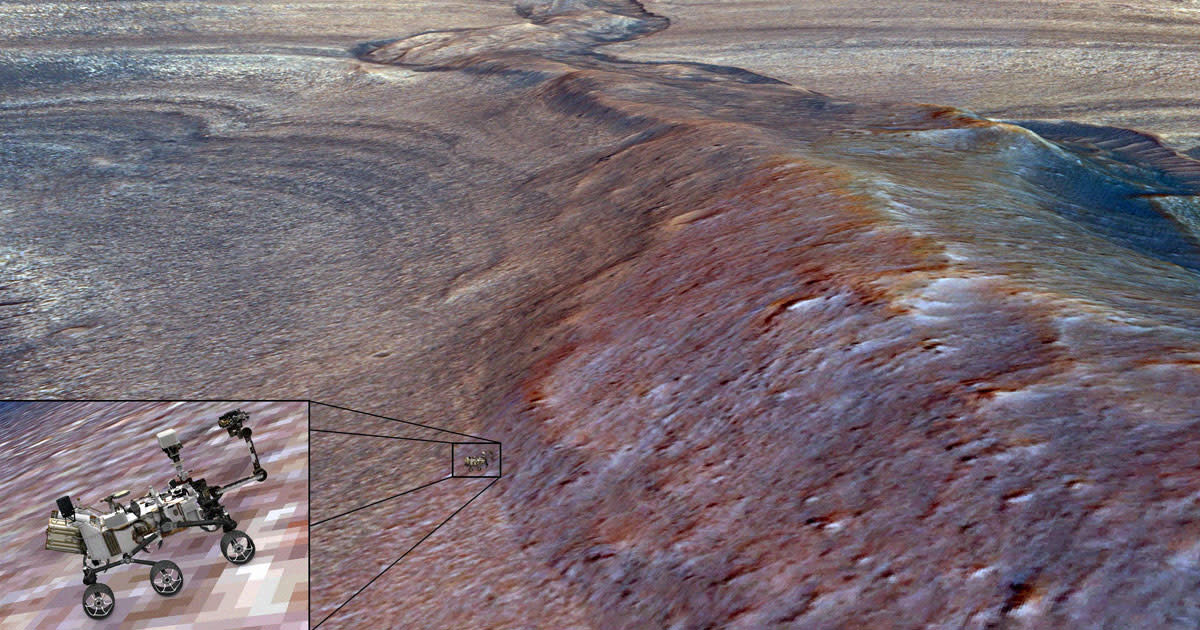NASA Mars Rover Following Path of What Appears to Be Ancient River

Lazy River
NASA's Mars Curiosity rover's operators have made up their minds, and the off world vehicle will continue down a rocky ridge that scientists believe was once a raging river.
Earlier this month, the lonely rover arrived at the upper area of the Gediz Vallis ridge, a "snake-like path" reminiscent of the channels rivers carve back on Earth.
That left the team at NASA's Jet Propulsion Lab with a big decision: either the rover would continue along Gediz Vallis to look for a place to cross it — or venture out to the south side of Pinnacle Ridge, which is traversable according to the latest uploaded data.
Ultimatley, the team settled on continuing along Gediz Vallis.
"I really love operations days like today," JPL planetary geologist Abigail Fraeman wrote in a NASA update. "We came in this morning with a completely new Martian vista to admire, and then we had to work together as a team to make a quick decision about what to do next."
Glow Up
Curiosity has already proven invaluable in shedding new light on the Red Planet's ancient past, accumulating clues that suggest its surface was once teeming with roaring rivers.
Last year, scientists analyzed new data obtained by the tenacious rover, concluding that these rivers could've even hosted ancient life. Crater formations called "bench-and-nose landforms" are likely remnants of ancient riverbeds, researchers concluded in a study.
"This analysis is not snapshot, but a record of change," said coauthor and Penn State assistant professor of geosciences Benjamin Cardenas in a statement at the time. "What we see on Mars today is the remnants of an active geologic history, not some landscape frozen in time."
And Curiosity is only scratching the surface. Scientists believe other parts of the Martian surface could've also been formed and shaped by sediment that was once carried by rivers billions of years ago, a time when the planet likely looked completely unrecognizable.
More on Curiosity: Mars Loaded With Mineral Closely Associated With Life, NASA Rover Finds

 Yahoo News
Yahoo News 
